
Jamie Carter
Jamie Carter is a freelance journalist and regular Live Science contributor based in Cardiff, U.K. He is the author of A Stargazing Program For Beginners and lectures on astronomy and the natural world. Jamie regularly writes for Space.com, TechRadar.com, Forbes Science, BBC Wildlife magazine and Scientific American, and many others. He edits WhenIsTheNextEclipse.com.
Latest articles by Jamie Carter
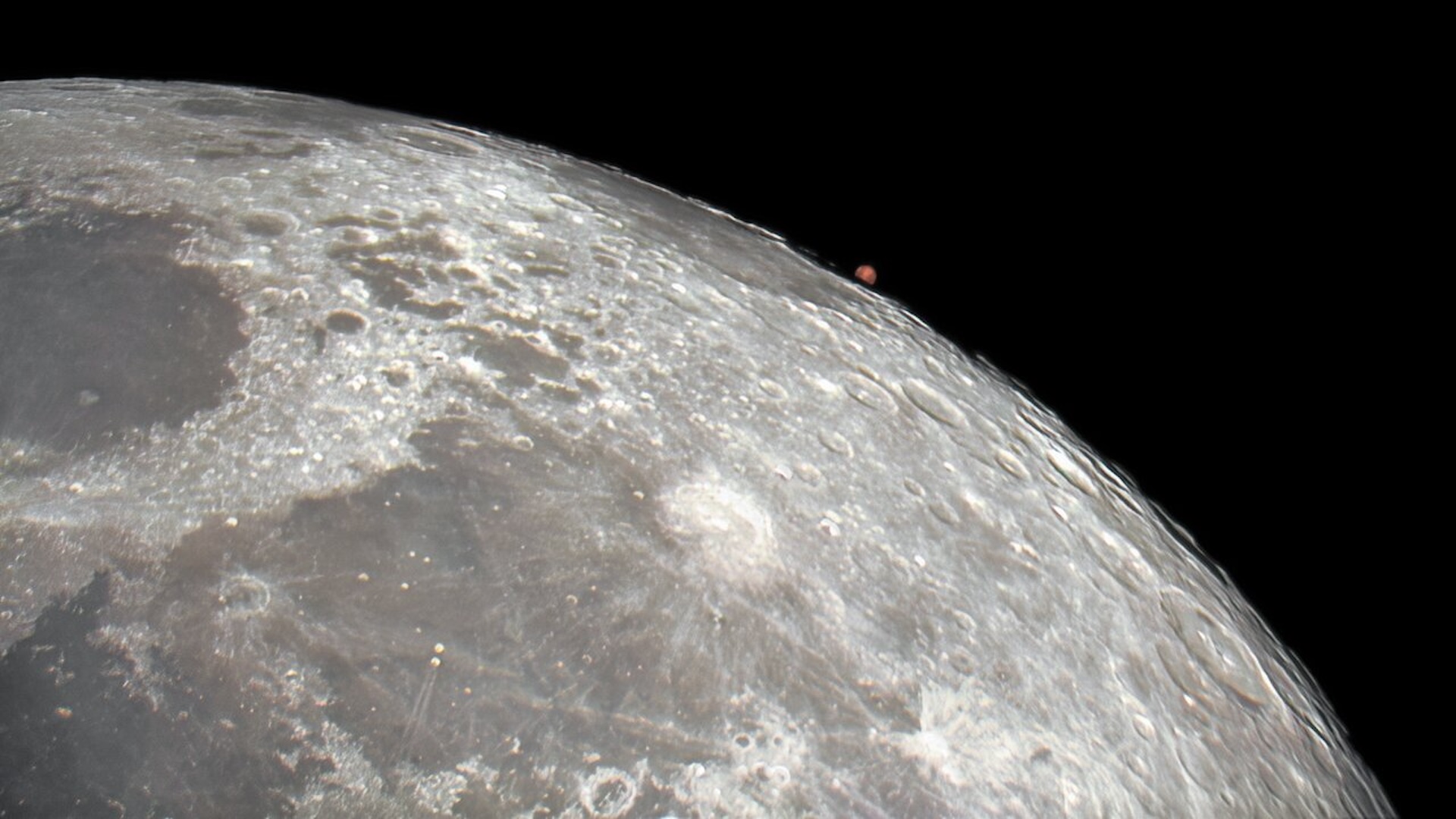
Mars rises over the moon's horizon at the best possible time
By Jamie Carter published
A new image has emerged of the Red Planet rising above the lunar limb after being occulted by the moon in January.
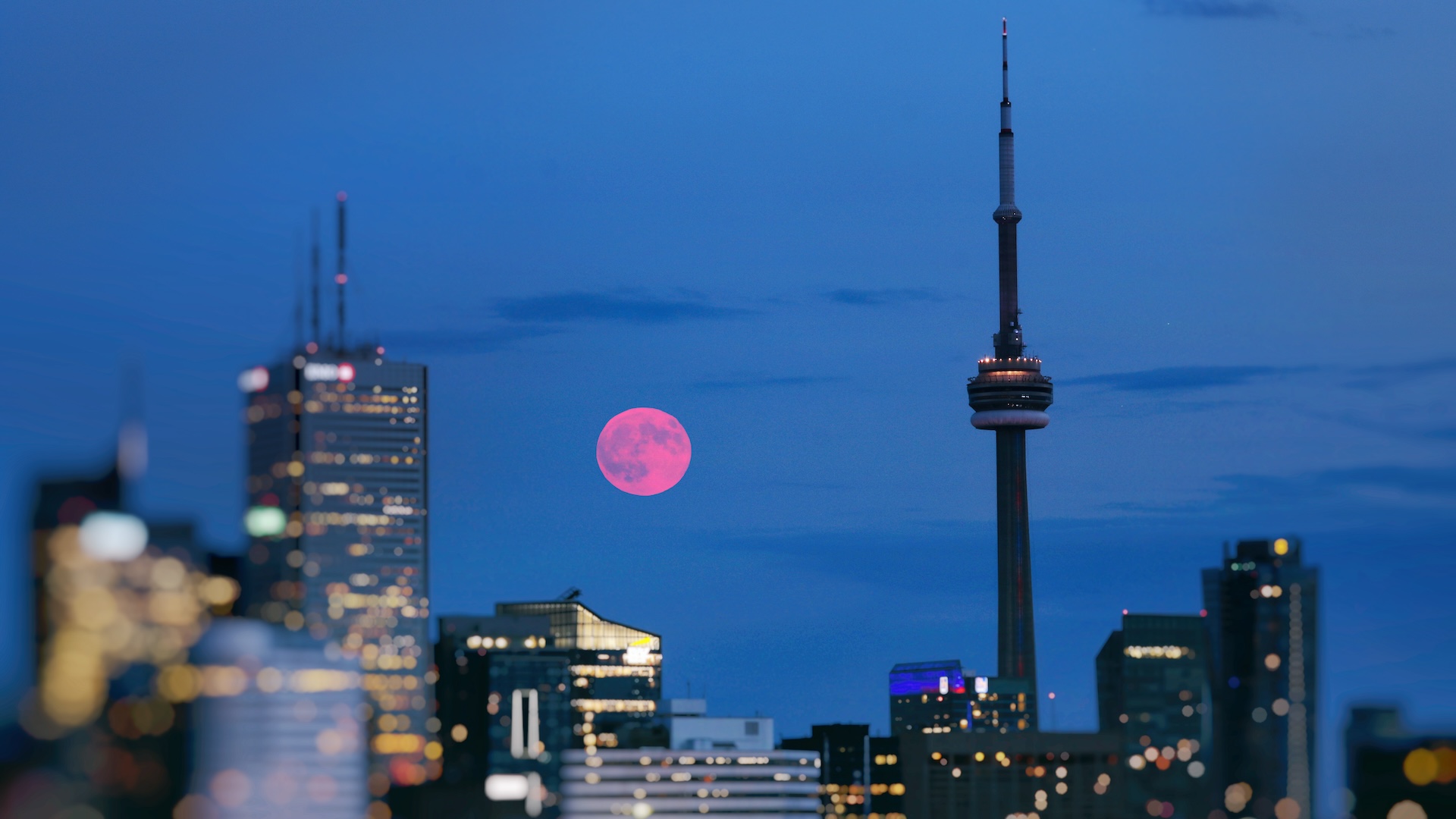
A 'Pink Moon' rises this weekend – here's how to see it, and why it's so special
By Jamie Carter published
Also known as the 'Paschal Moon,' April's full 'Pink Moon' will rise alongside Spica, one of the brightest stars in the night sky, on April 12.
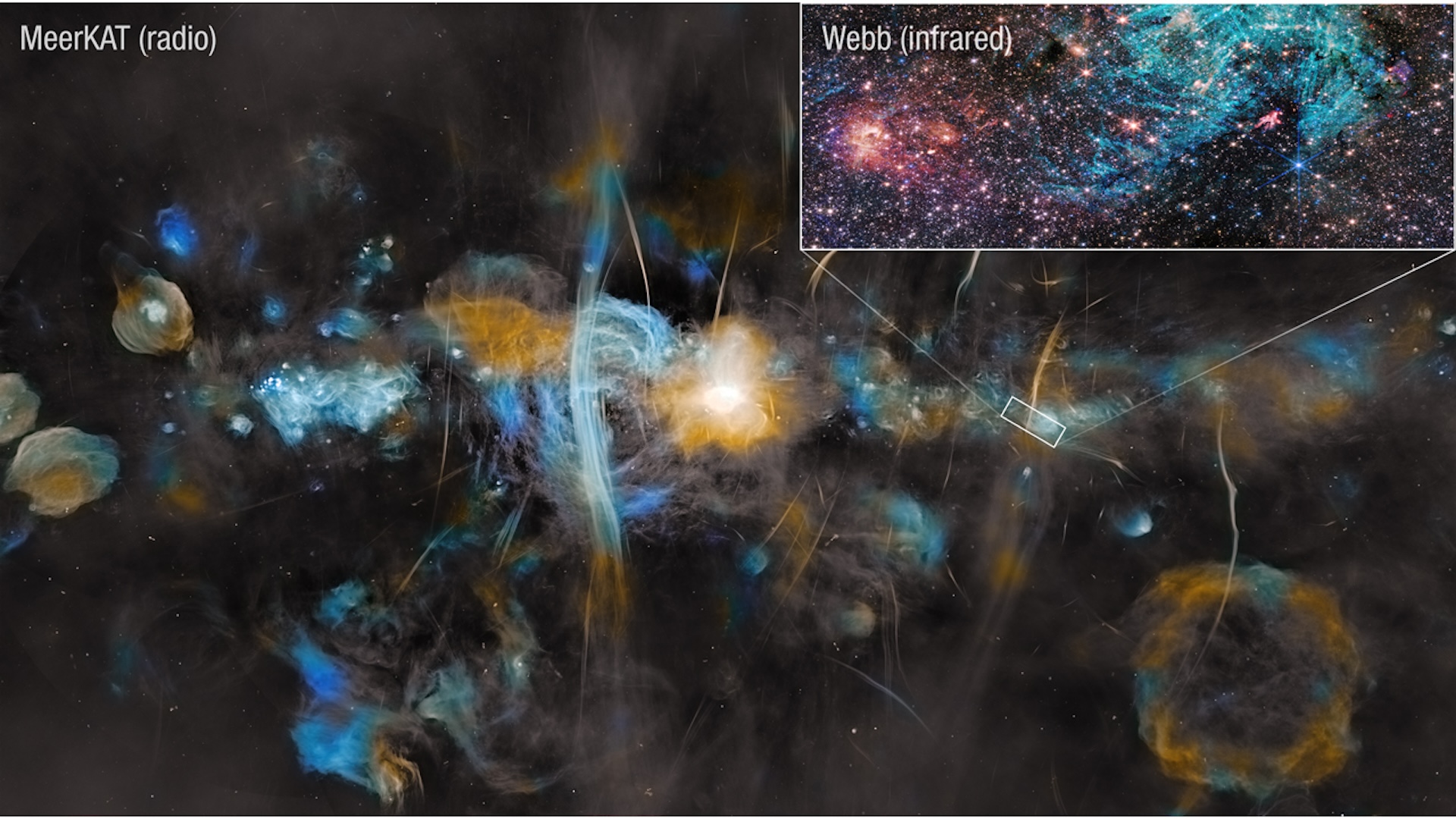
Space photo of the week: The chaotic heart of the Milky Way like you've never seen it before
By Jamie Carter published
The James Webb Space Telescope (JWST) has teamed up with the MeerKAT radio telescope array to explore how magnetic fields affect star formation at the chaotic center of the Milky Way.
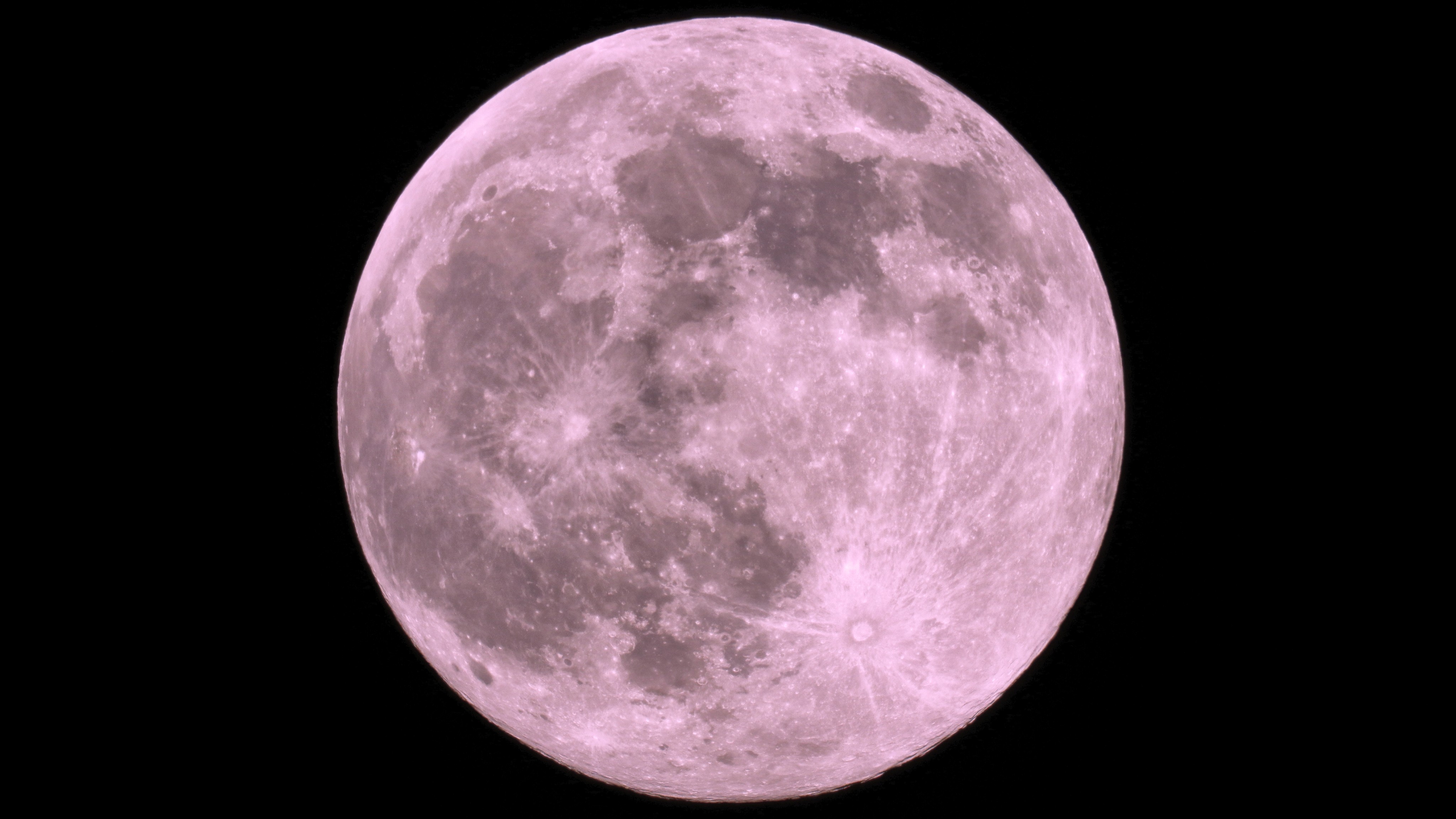
Full moons of 2025: When is the next full moon?
By Jamie Carter last updated
April's full moon is the Pink Moon, rising April 12. It will also be a micromoon, appearing slightly smaller than usual.
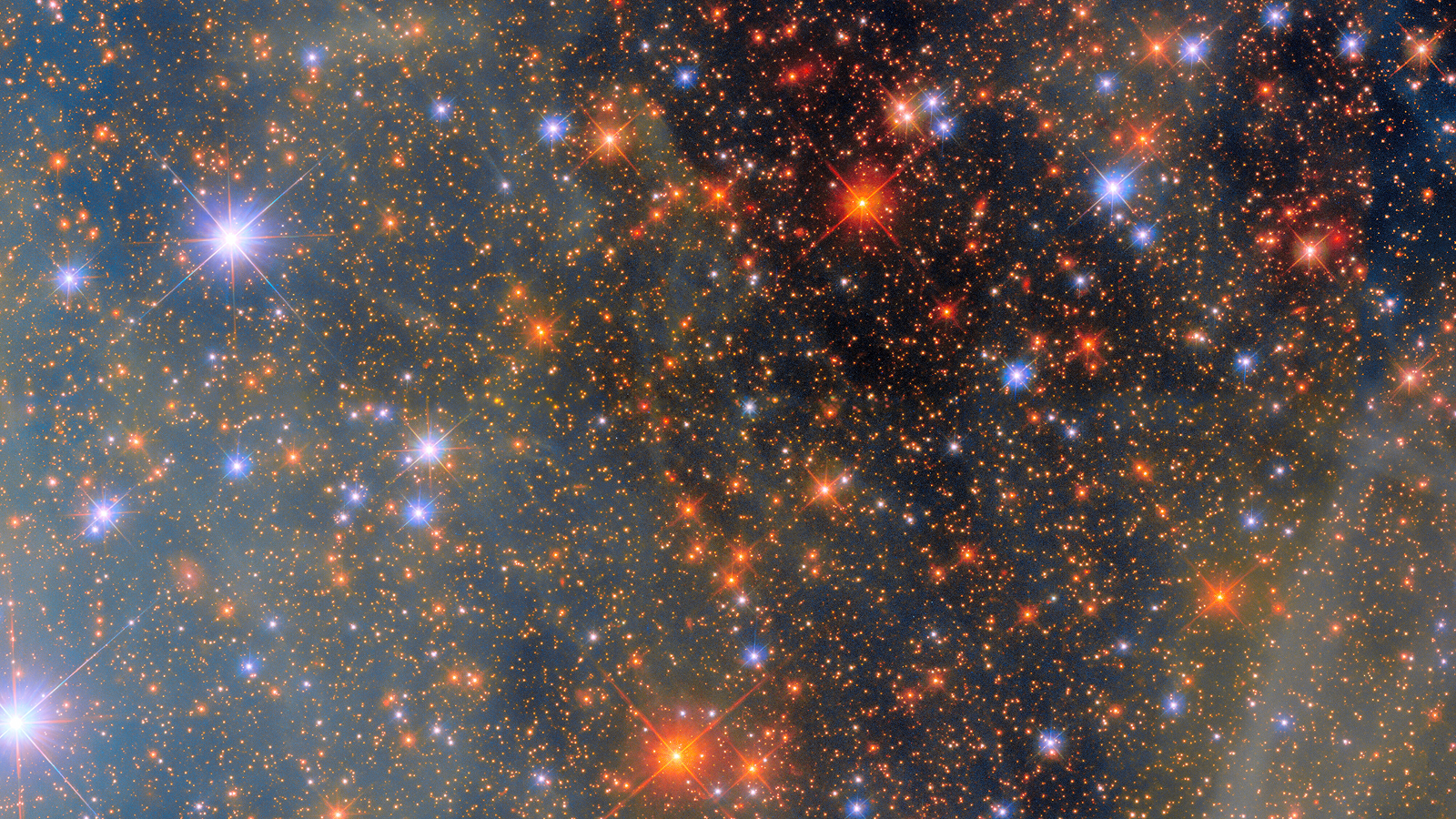
Space photo of the week: Hubble zooms in on the glittering galaxy next door
By Jamie Carter published
The Small Magellanic Cloud, a dwarf galaxy about 200,000 light-years from the solar system, can be seen with the naked eye from the Southern Hemisphere.
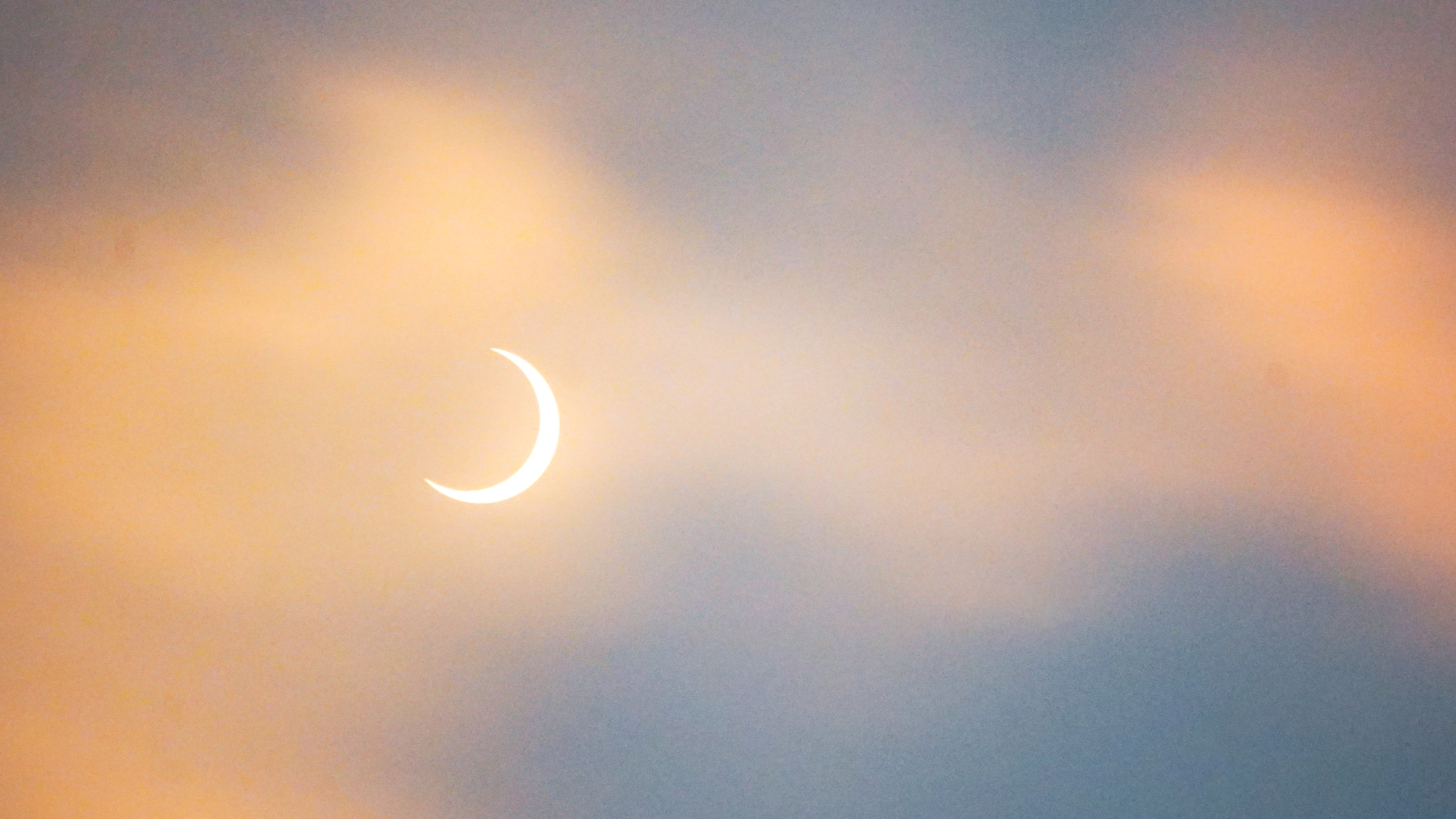
March 29 solar eclipse: Don't miss the rare sunrise solar eclipse over North America tomorrow
By Jamie Carter last updated
A dramatic sunrise solar eclipse tomorrow (March 29) will be the first one visible in North America since April 2024. Here's how to get the best view of the partial eclipse before it ends.
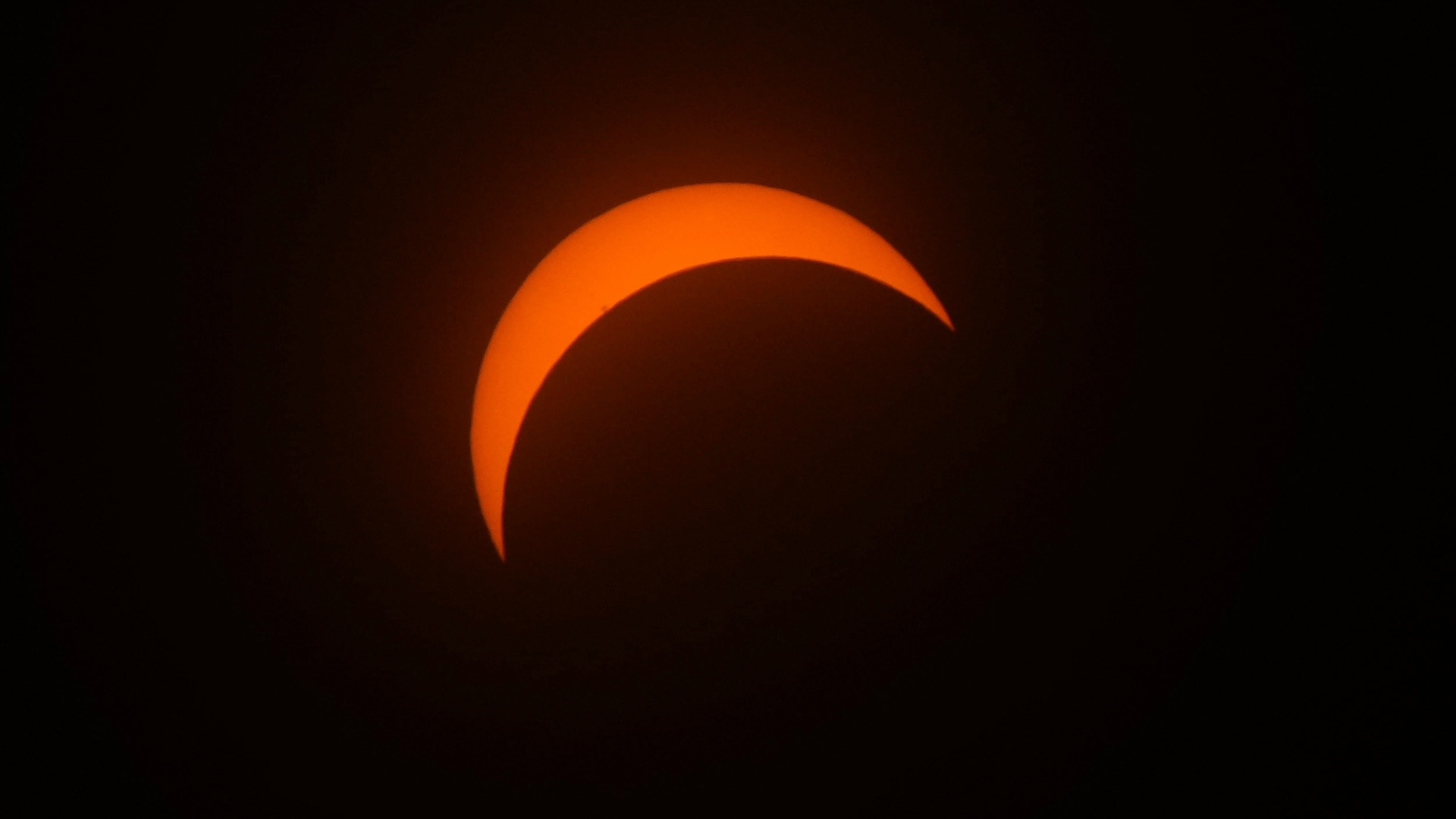
Which states will see the solar eclipse tomorrow — and which will see a 'double sunrise'?
By Jamie Carter last updated
Tomorrow, March 29, North America will witness its first solar eclipse since April 2024. Here are the 13 states where you'll be able to see it.
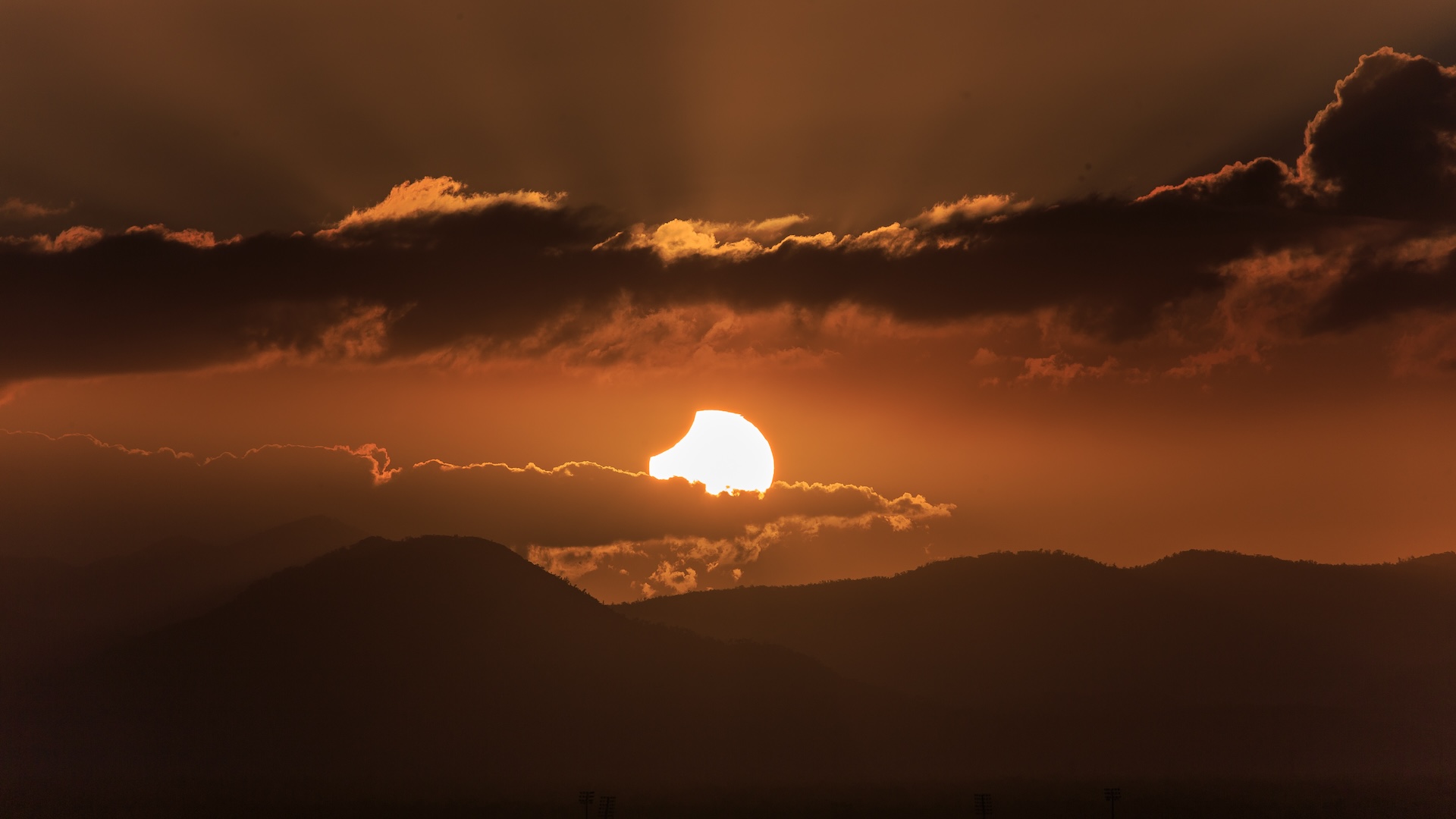
What time does the solar eclipse start tomorrow?
By Jamie Carter last updated
Tomorrow (March 29, 2025), a deep partial solar eclipse will be seen at sunrise in North America and midmorning in Europe. Here's what time to watch the celestial spectacle unfold.
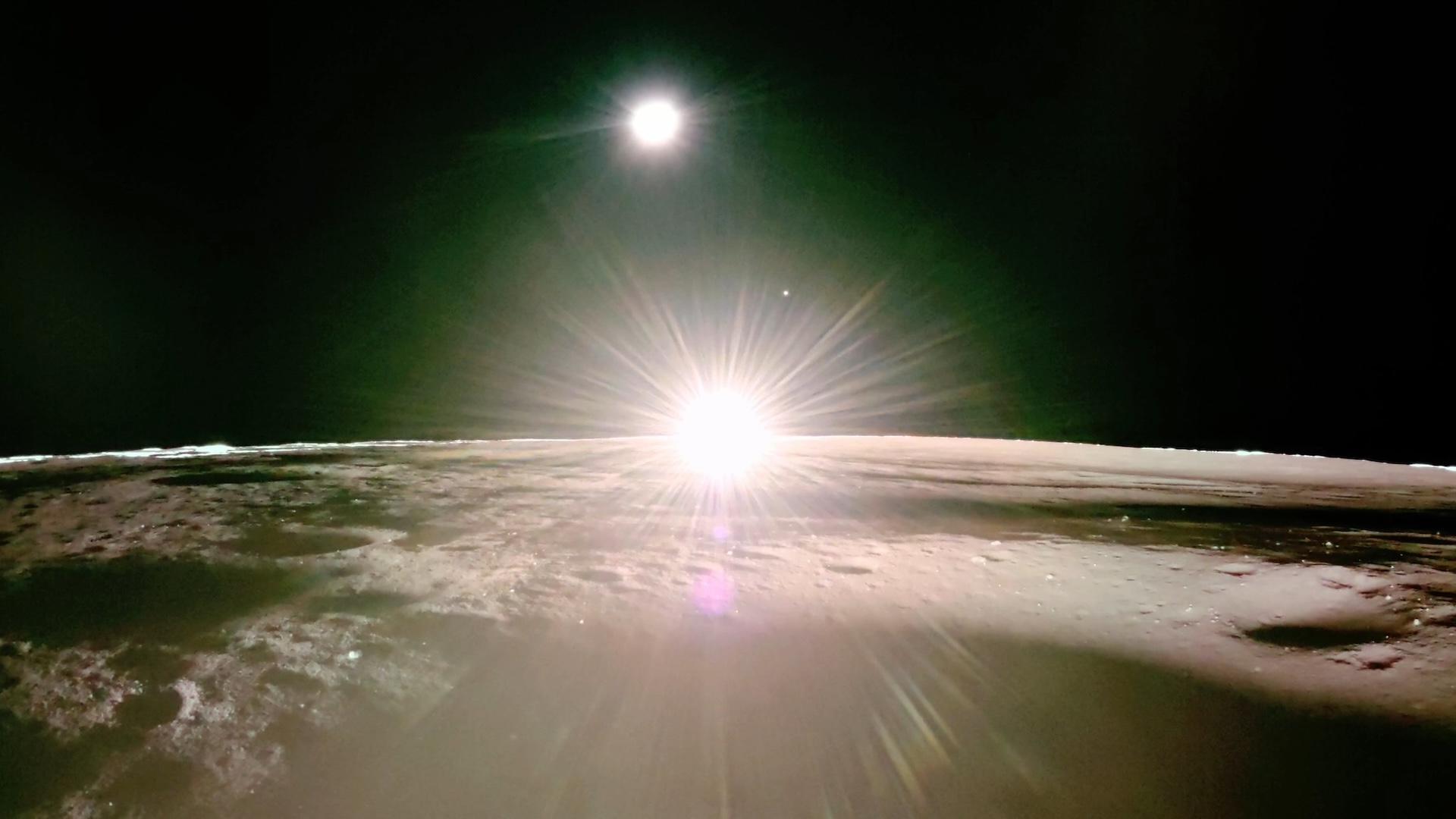
Space photo of the week: The last sight you see before dying on the moon
By Jamie Carter published
The final act of the Blue Ghost lander's busy two weeks on the moon was to send back sunset shots featuring Earth and Venus.
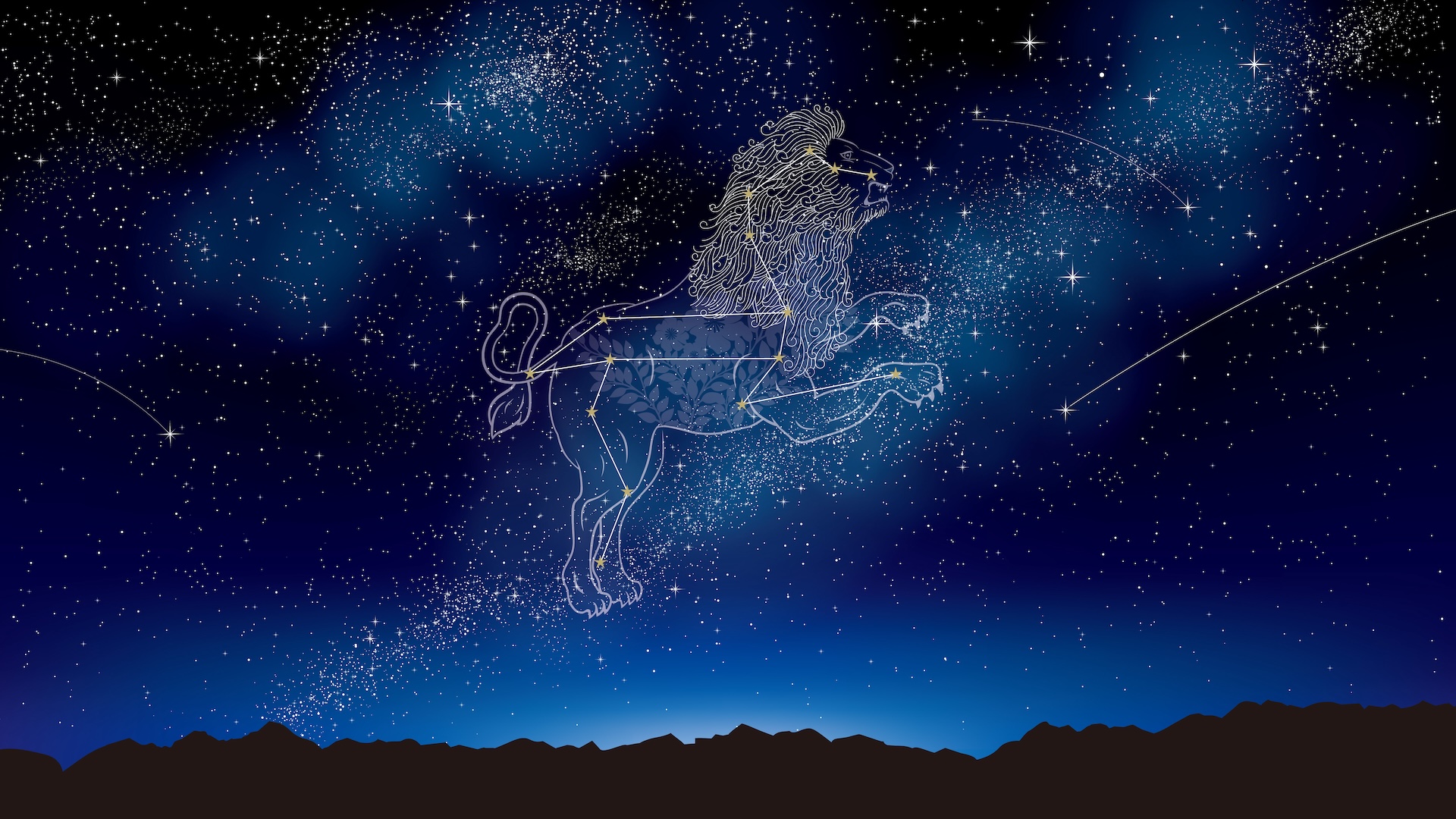
Vernal equinox: How to see spring begin, just by looking at the stars
By Jamie Carter published
You can tell spring has officially begun in the Northern Hemisphere just by looking at the stars. Here's how to easily spot the Spring Triangle without a telescope.
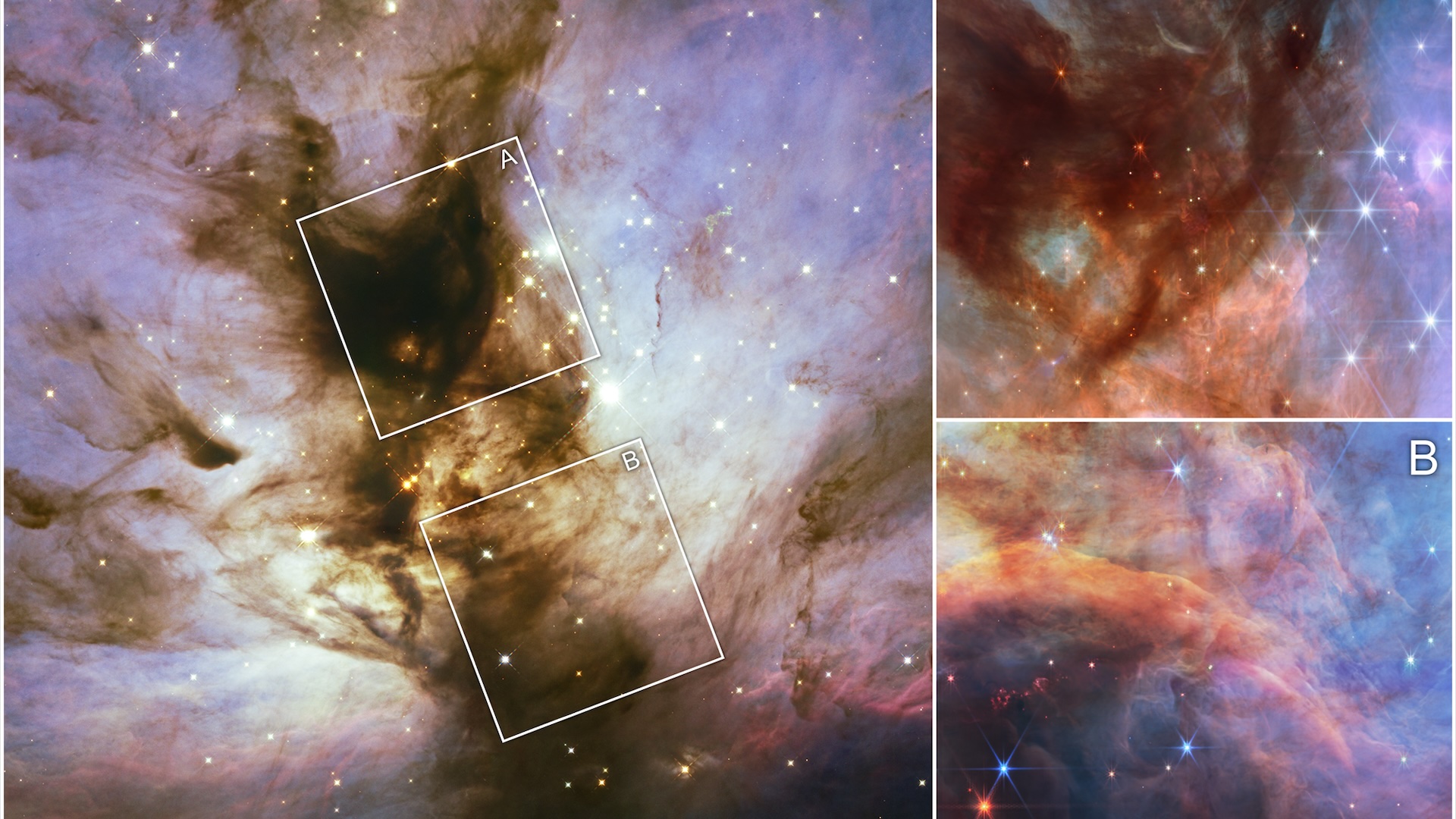
Space photo of the week: James Webb telescope's view of the Flame Nebula is a 'quantum leap' forward for astronomers
By Jamie Carter published
Trained on the spectacular Flame Nebula, the Hubble and James Webb Space Telescopes went hunting for the smallest stars in the universe.
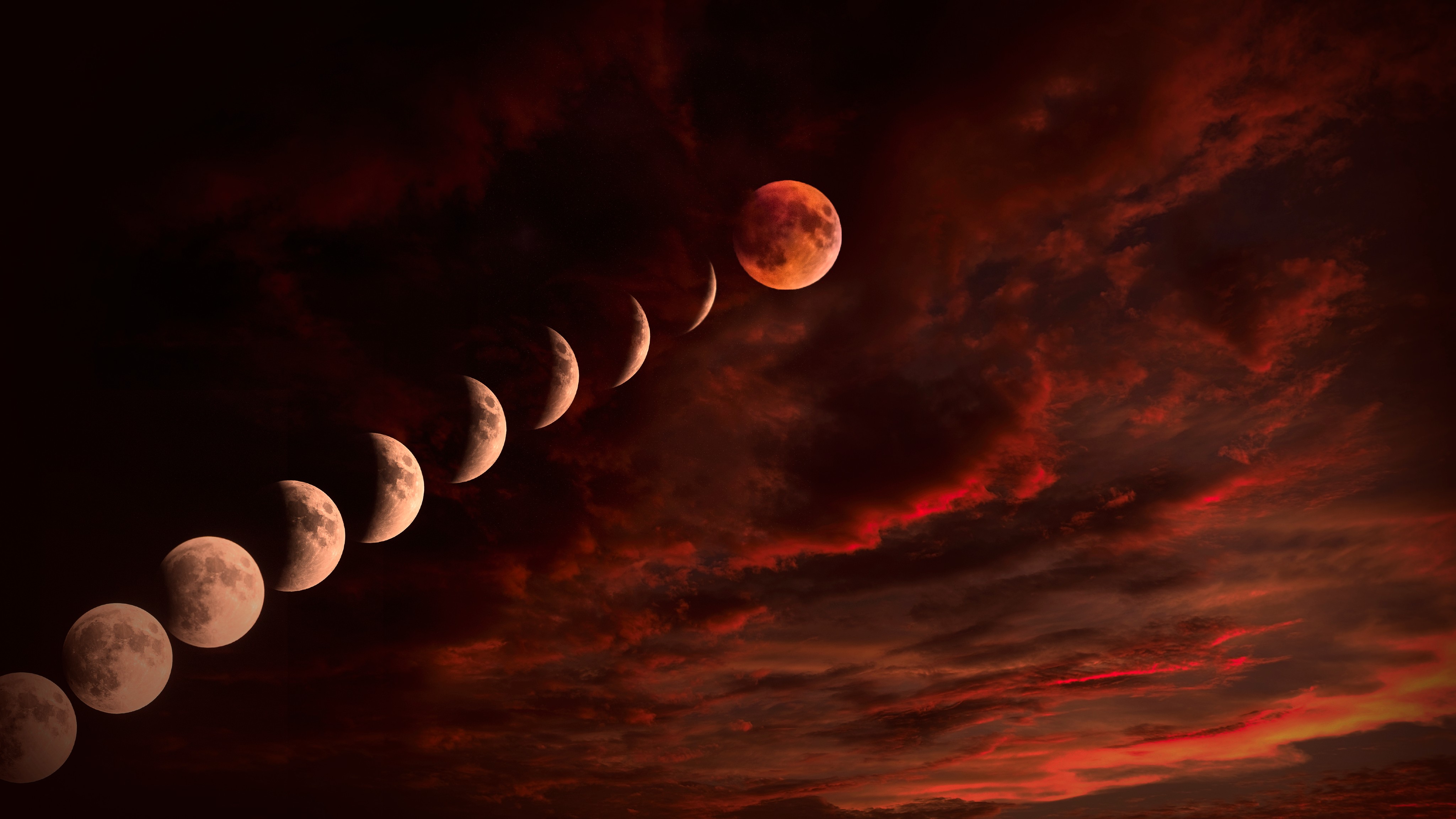
The 'blood moon' total lunar eclipse is visible in North America tonight — here's how to see it
By Jamie Carter last updated
The full moon rises tonight. Here's everything you need to know about how to see the first "blood moon" total lunar eclipse since 2022, and the only one visible from North America this year.
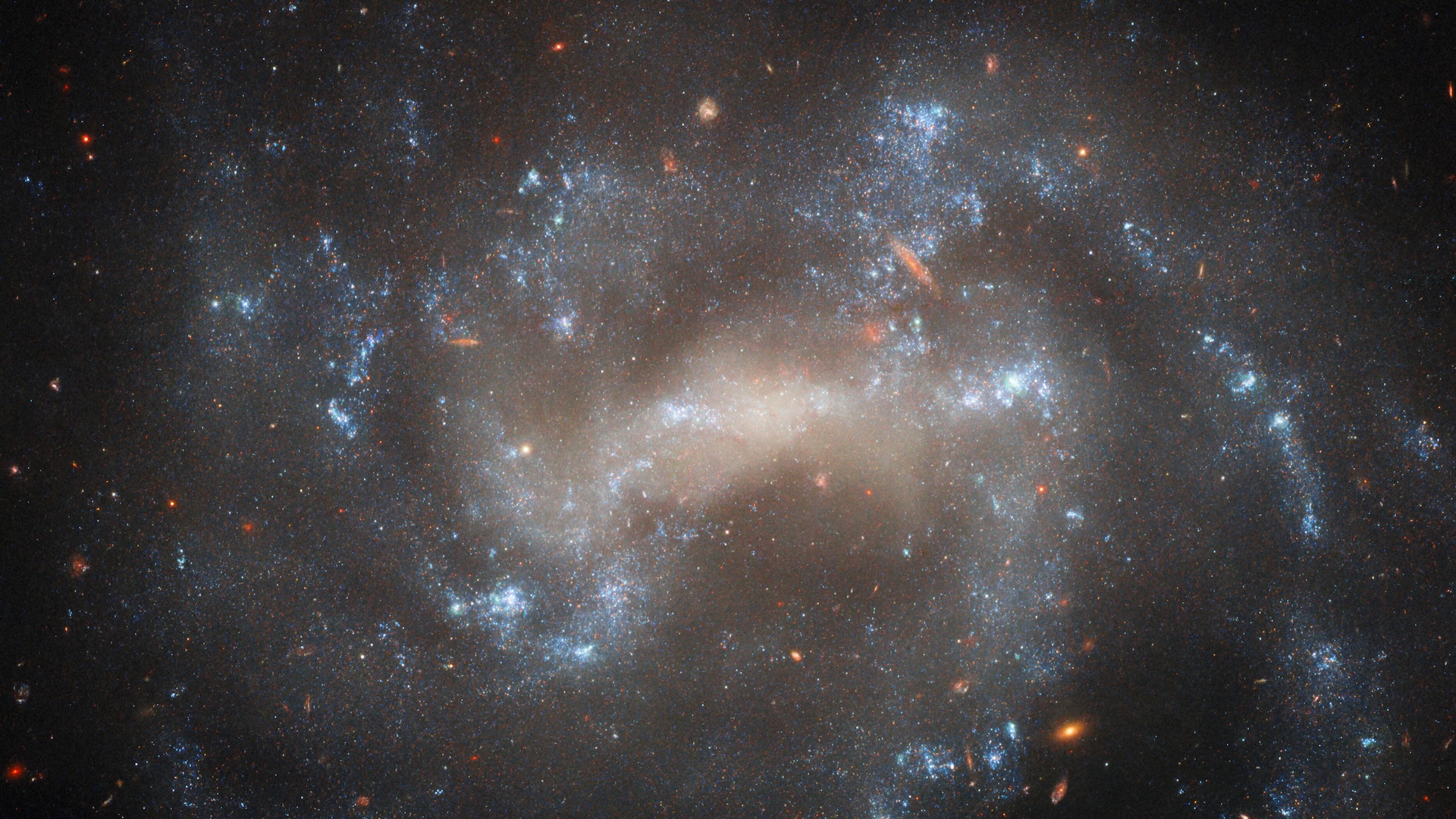
Space photo of the week: Hubble hunts a stellar 'imposter' hiding in the Great Bear
By Jamie Carter published
The legendary Hubble Space Telescope has turned its gaze to the Ursa Major-adjacent galaxy UGC 5460, revealing spiral arms, star clusters and a possible supernova "imposter".
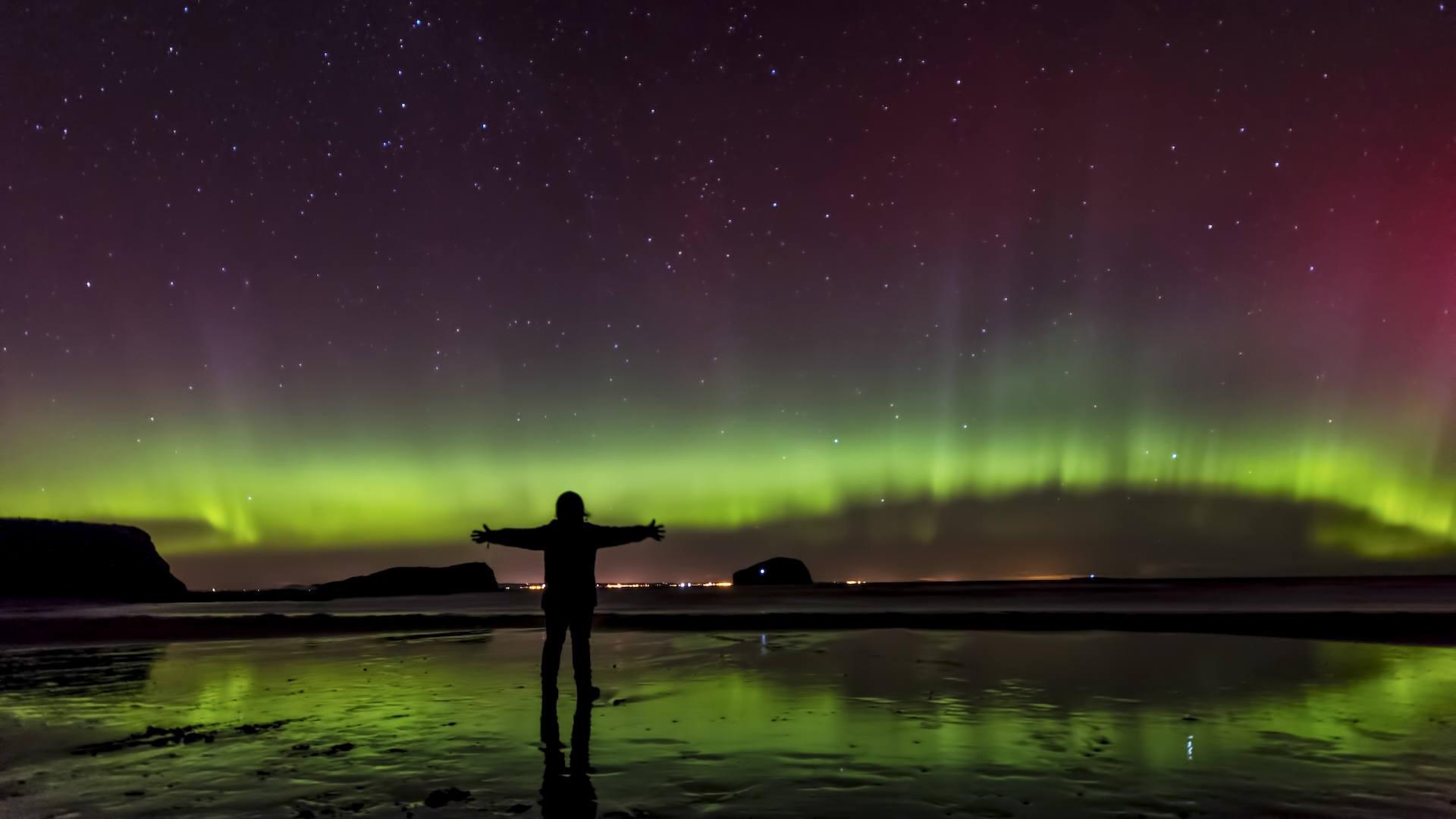
Powerful 'equinox auroras' may arrive soon: Why changing seasons can bring the best northern lights
By Jamie Carter published
Expect an uptick in aurora sightings near the spring equinox on March 20, as celestial geometry swings in favor of geomagnetic disturbances.
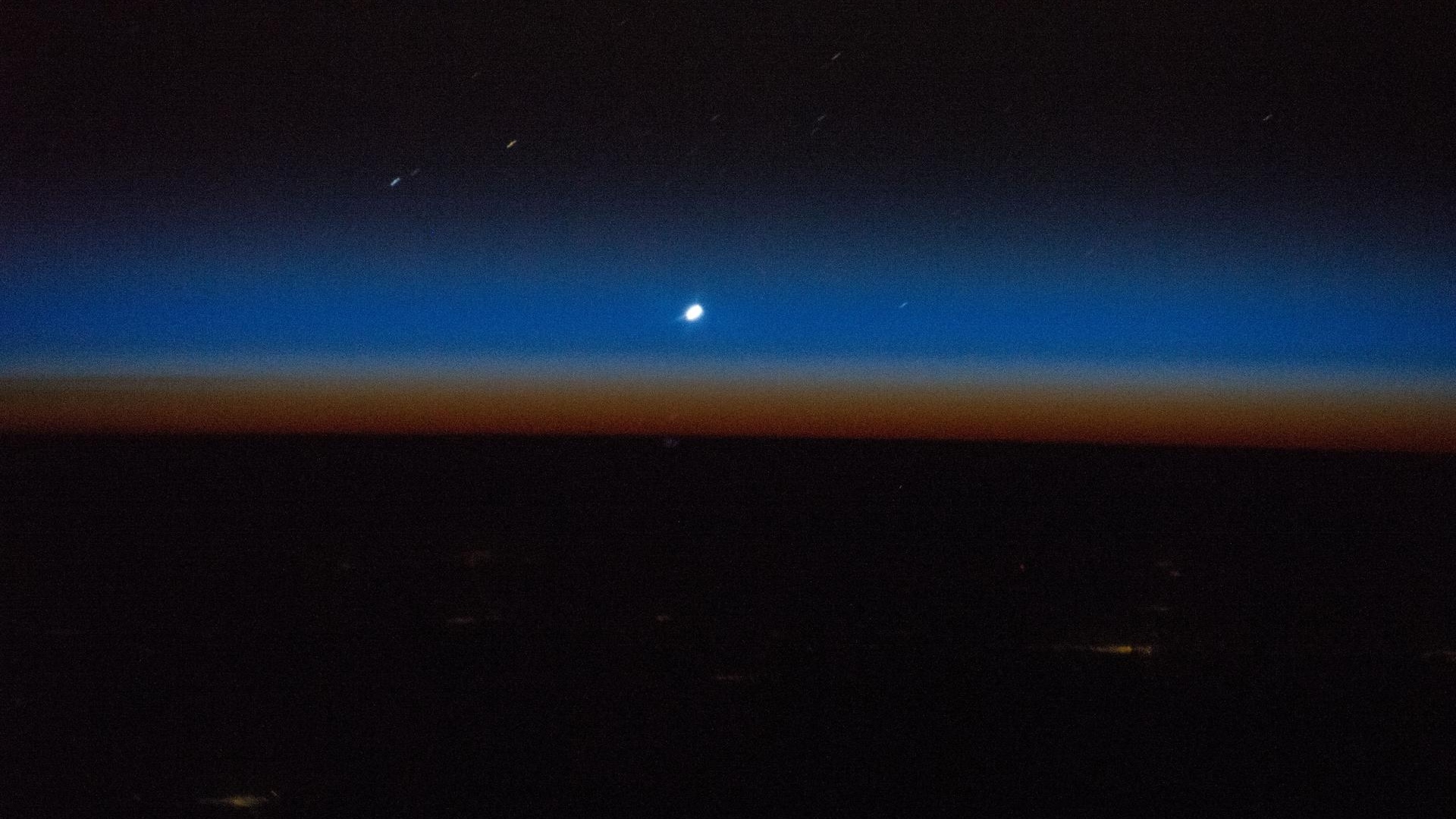
'Planet parade' ends with a rare conjunction of Venus and Mercury at sunset. Here's how to watch.
By Jamie Carter published
The two innermost planets, Venus and Mercury, will shine together low in the western sky at sunset on March 10. Here's how to get the best view before they disappear.
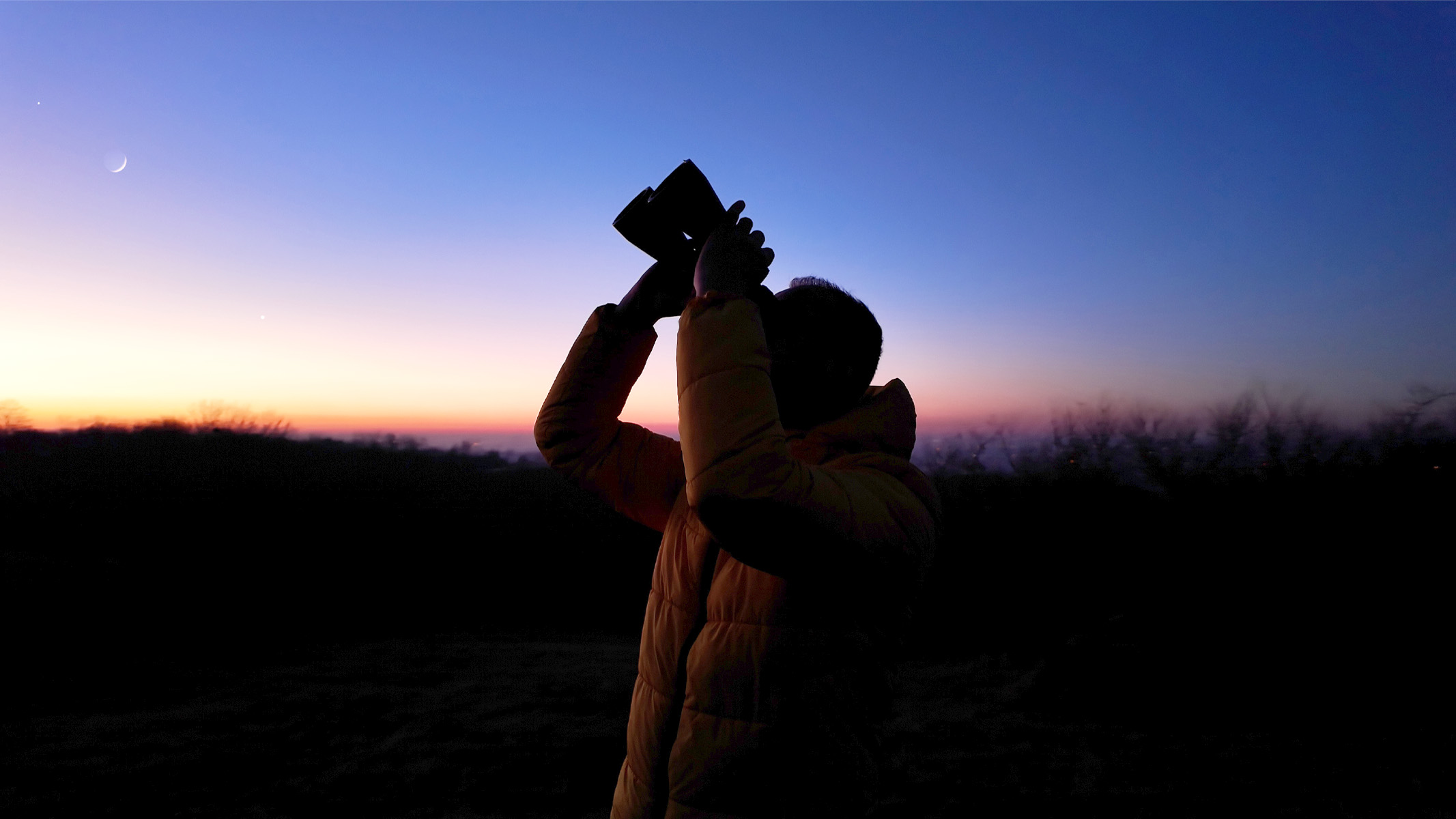
9 best things to see in the night sky with binoculars
By Jamie Carter published
Explore the wonders of the night sky with our guide to the best celestial sights you can observe with binoculars between February and April 2025.
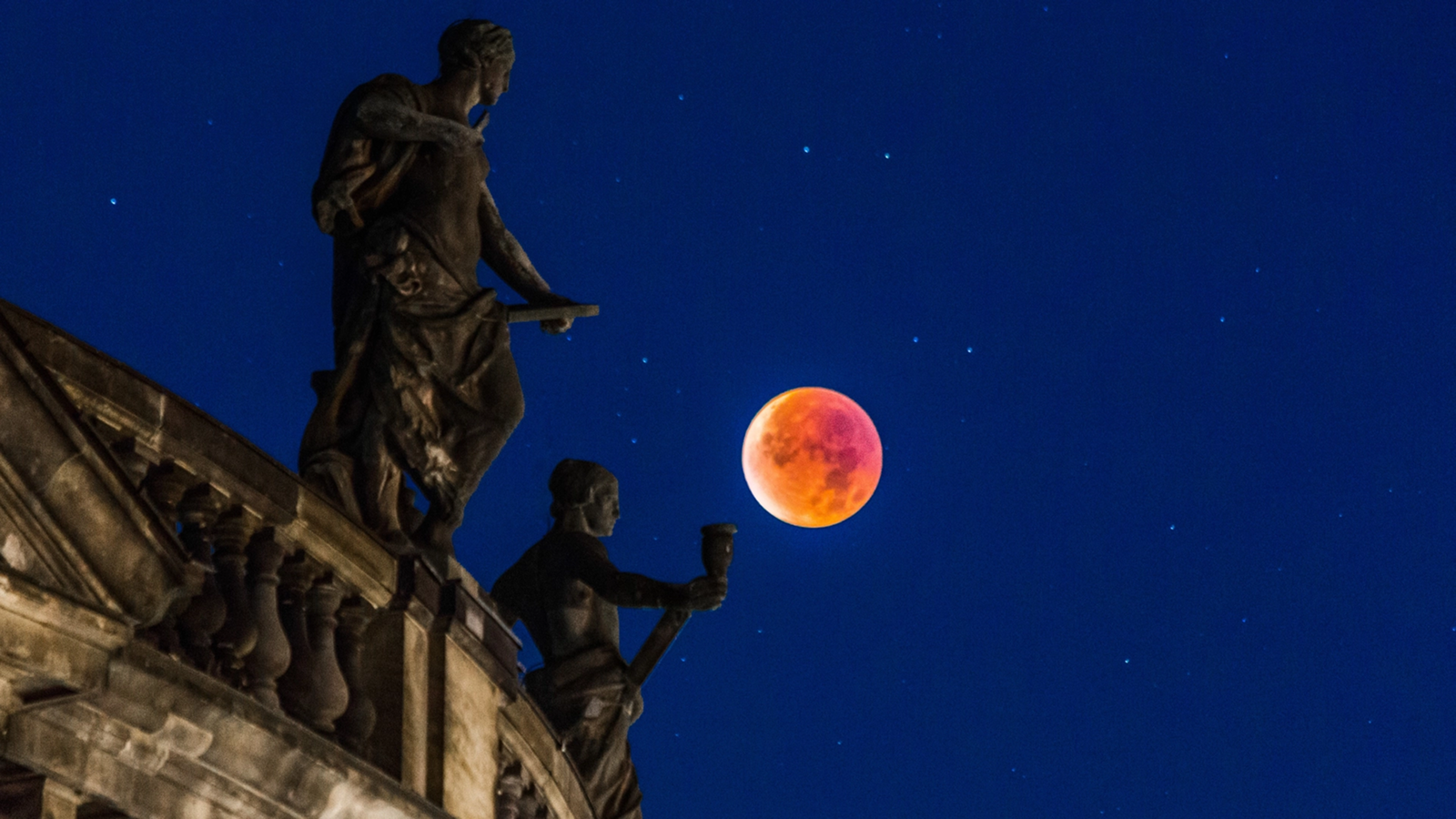
Where will the 'Blood Moon' total lunar eclipse be visible in March 2025?
By Jamie Carter published
A total lunar eclipse on March 13-14, 2025, will be visible across Earth's night side. See detailed maps of where and when to watch the dramatic 'Blood Moon'.
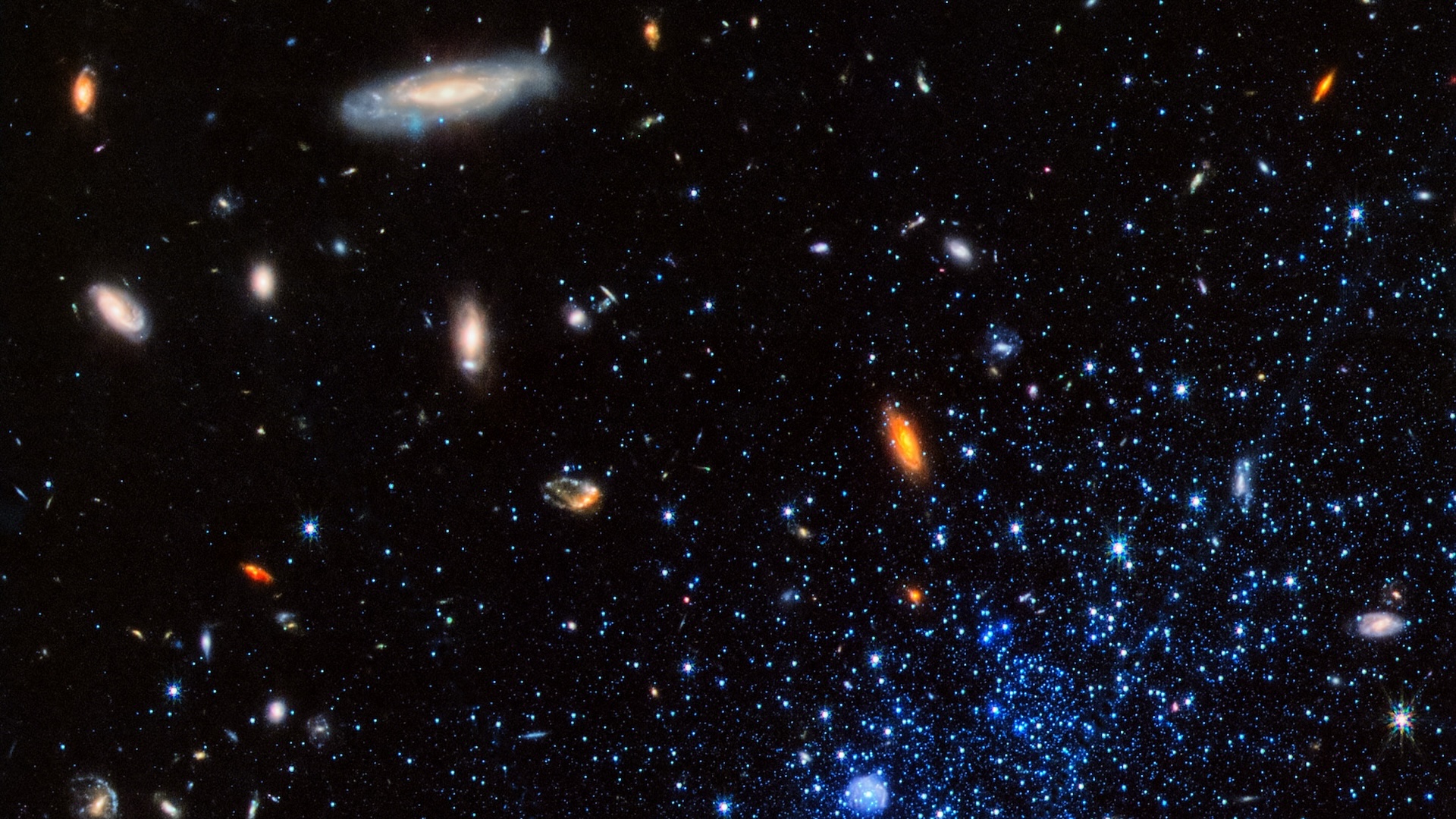
Space photo of the week: James Webb telescope shocks scientists with image of ancient galaxy roaring back to life
By Jamie Carter published
The James Webb Space Telescope has zoomed in on Leo P, a tiny galaxy with some big things to say about star formation.
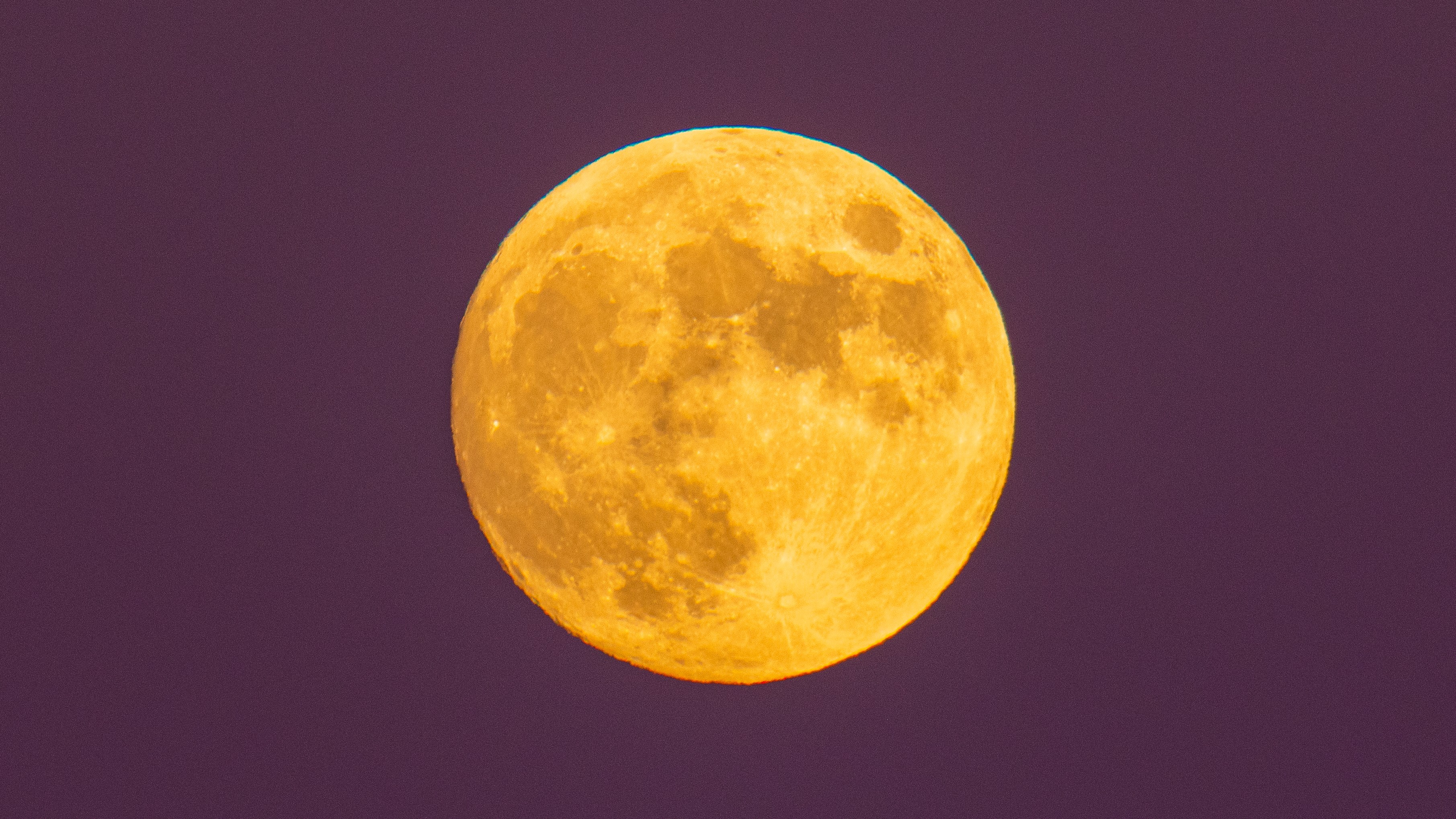
How to see tonight's full Snow Moon rise with the 'Heart of the Lion' before Valentine's Day
By Jamie Carter last updated
Tonight's full Snow Moon will have a royal companion as it rises alongside Regulus, a star nicknamed "Heart of the Lion", in time for Valentine's Day.
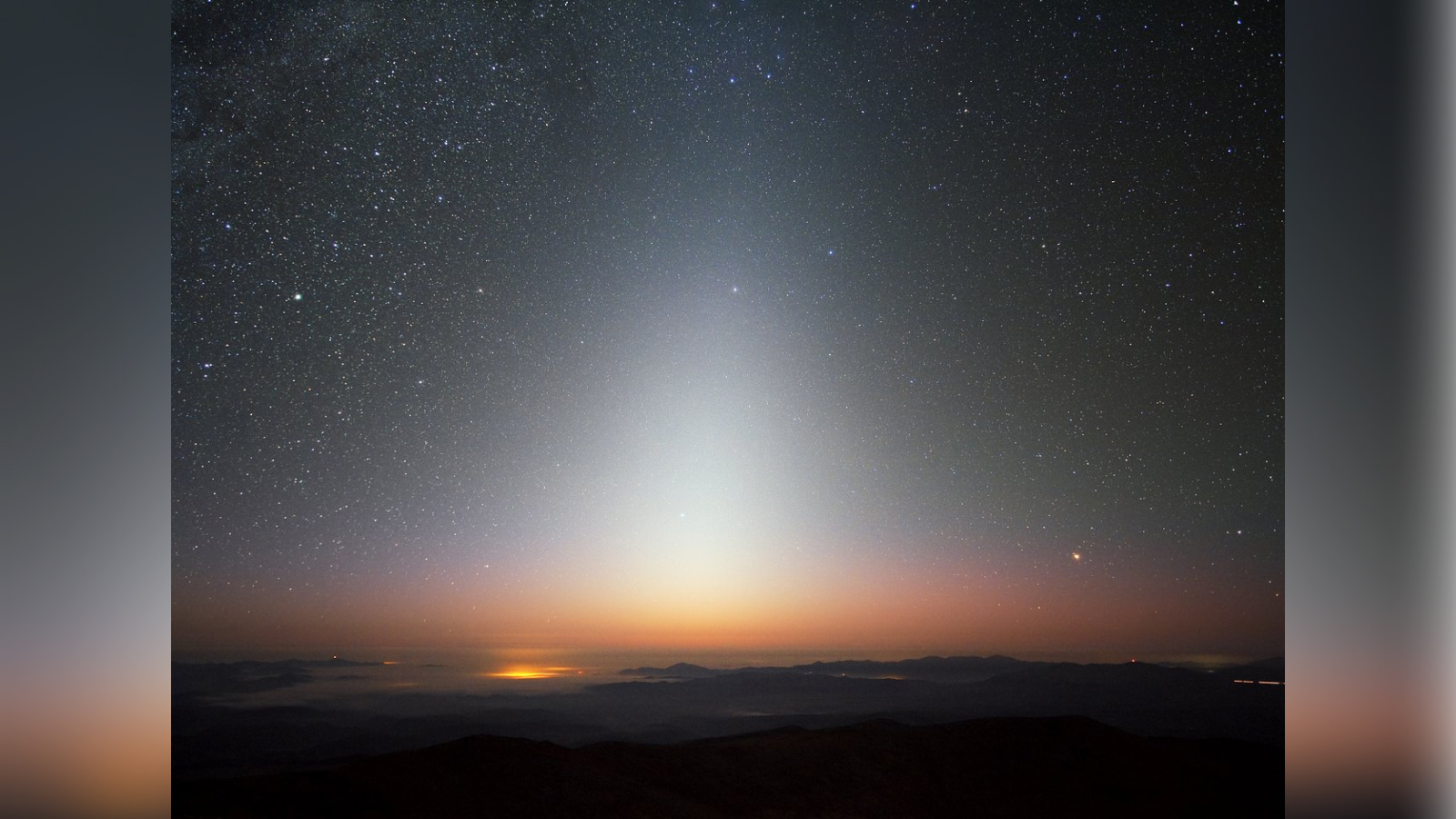
A strange triangle will appear in the zodiac this month. How to see rare 'zodiacal light,' before it disappears.
By Jamie Carter published
A 'false dusk' will be visible during twilight in February, but only from locations that are free of light pollution. Here's everything you need to know about zodiacal light.
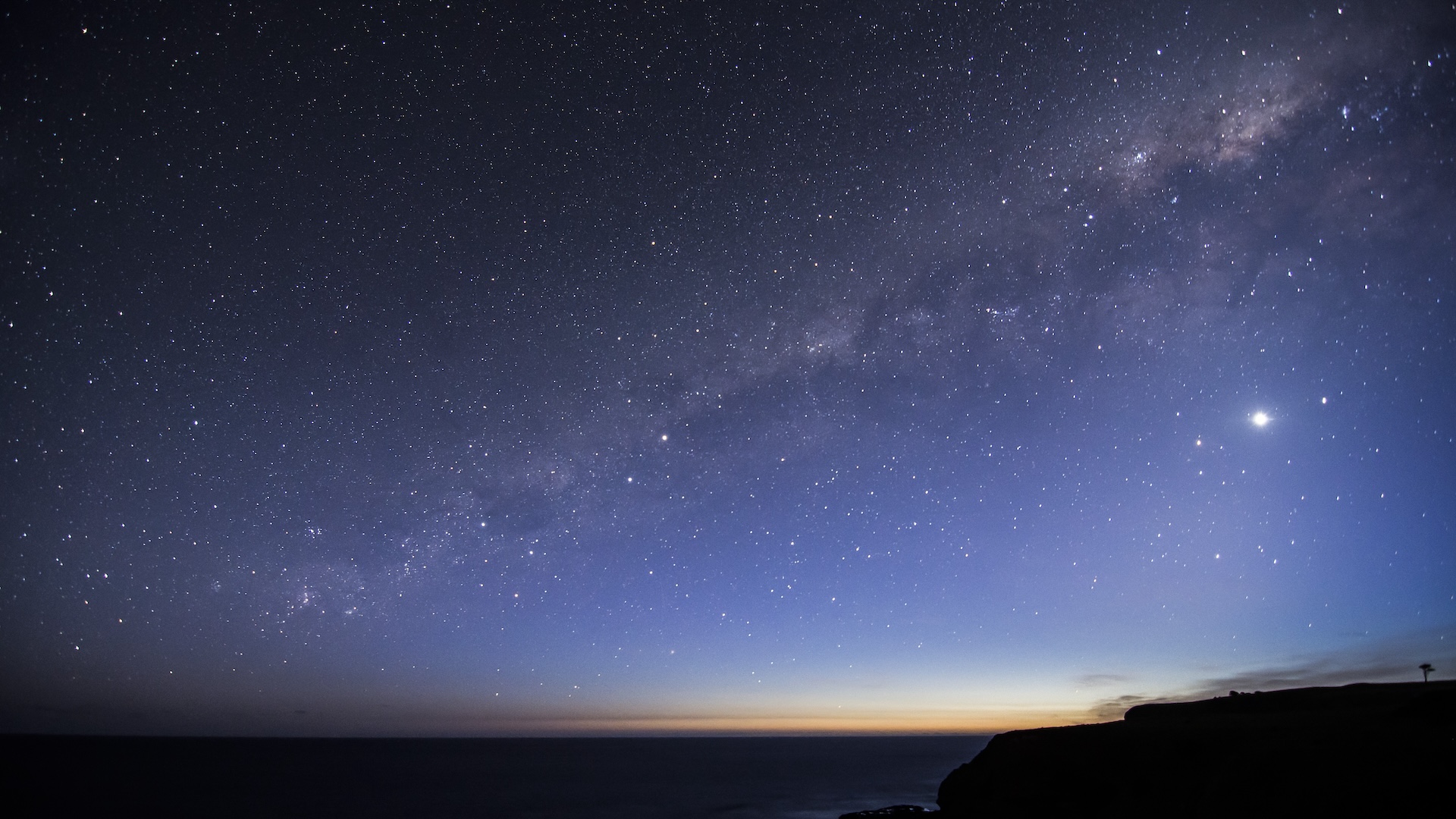
Venus, the 'love planet', will look extra special this Valentine's Day. Here's why.
By Jamie Carter published
In a cosmic coincidence, Venus — the planet named for the Roman goddess of love — will be at its brightest and best on Valentine's Day. Heres where and when to see it.
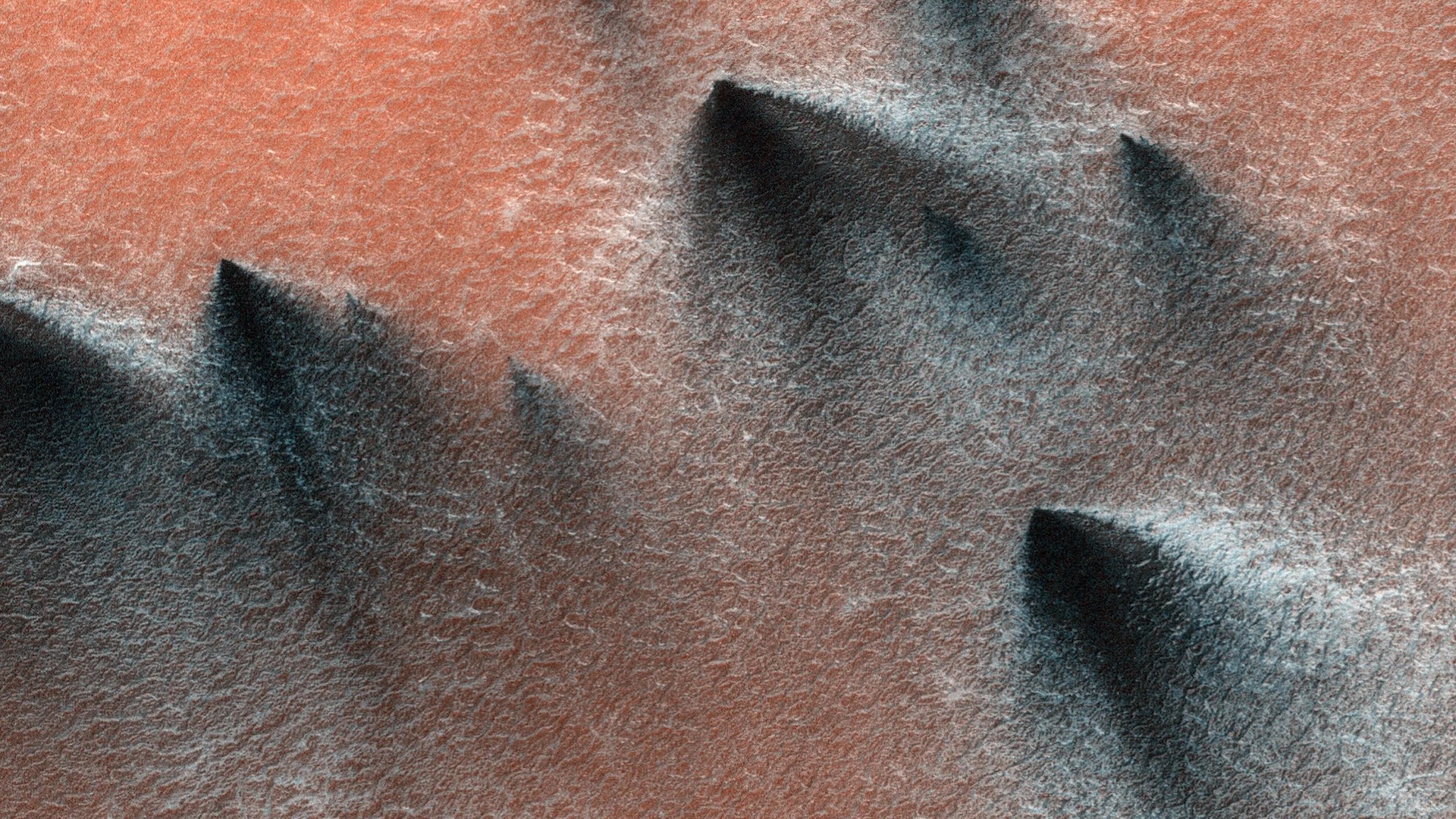
Space photo of the week: Dry ice 'geysers' erupt on Mars as spring hits the Red Planet
By Jamie Carter published
NASA shares an iconic image of carbon dioxide ice erupting in geysers when Martian winter turns to spring.
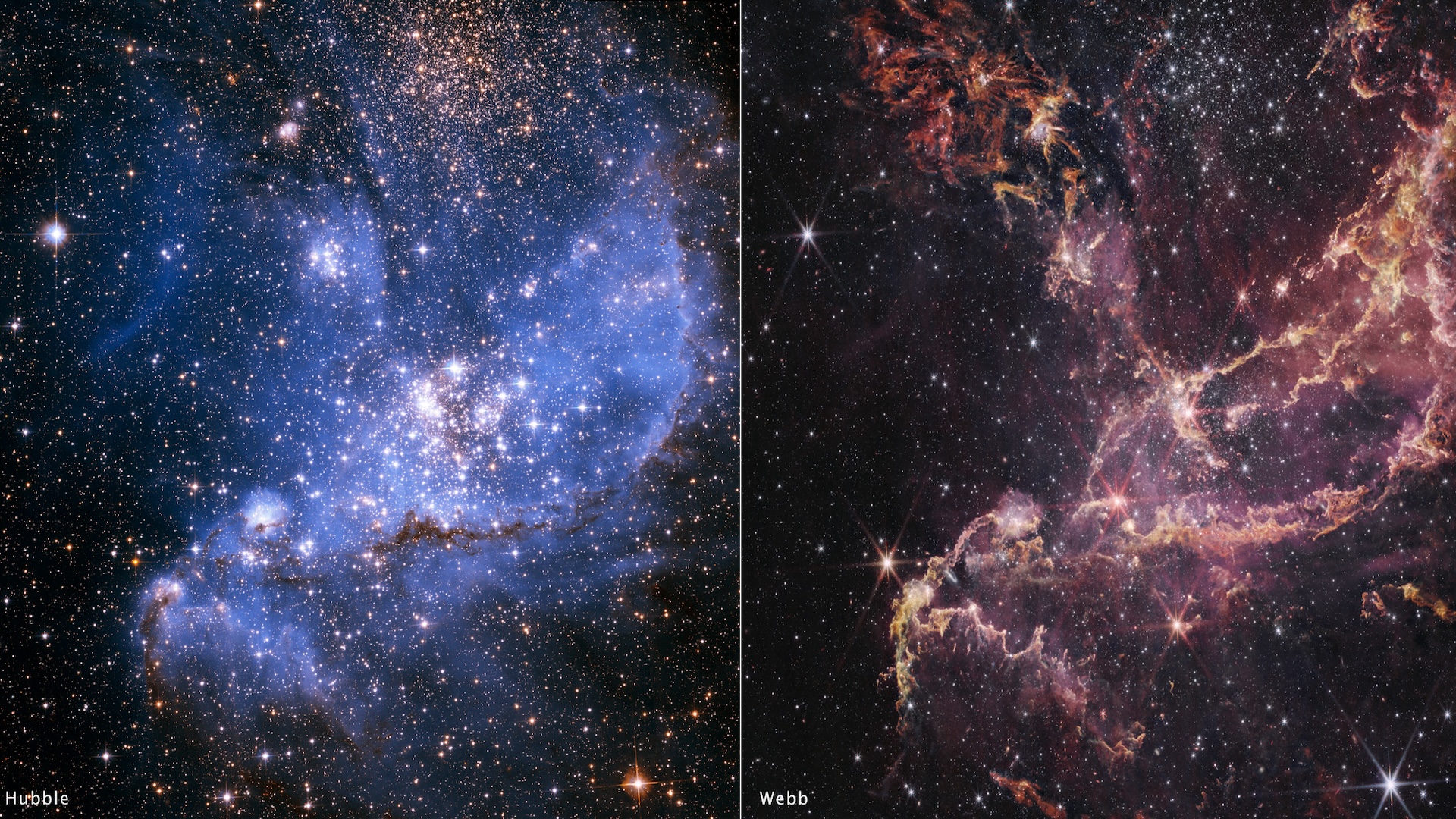
Space photo of the week: James Webb and Hubble telescopes unite to solve 'impossible' planet mystery
By Jamie Carter published
New James Webb Space Telescope observations of a star cluster called NGC 346 are shedding light on how, when and where planets formed in the early universe.
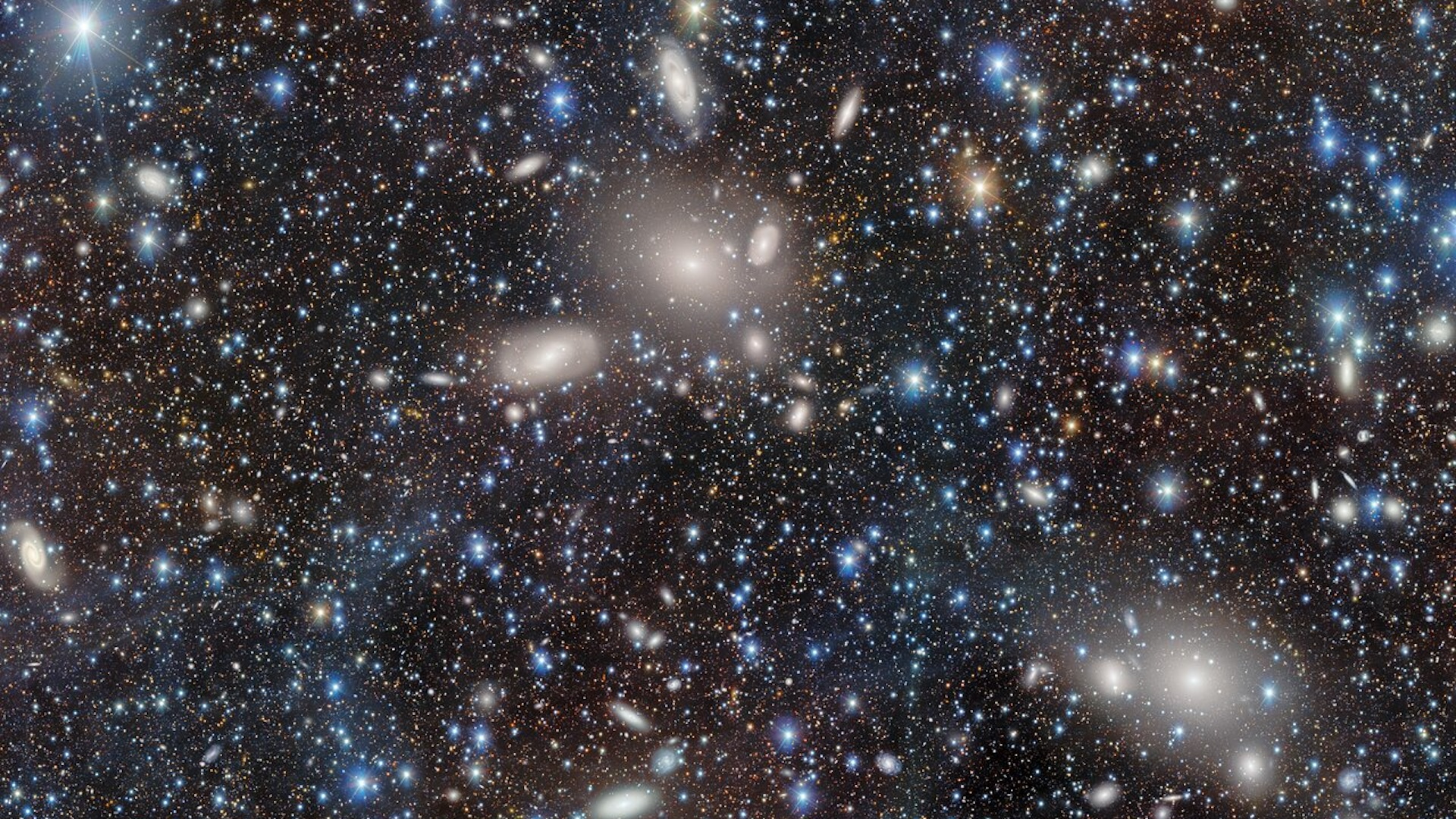
Space photo of the week: Galaxies teeter toward collision in the sparkling depths of Virgo
By Jamie Carter published
An ultra-deep image from the National Science Foundation's Dark Energy Camera reveals a wide variety of galaxies in the unusual Antlia Cluster.
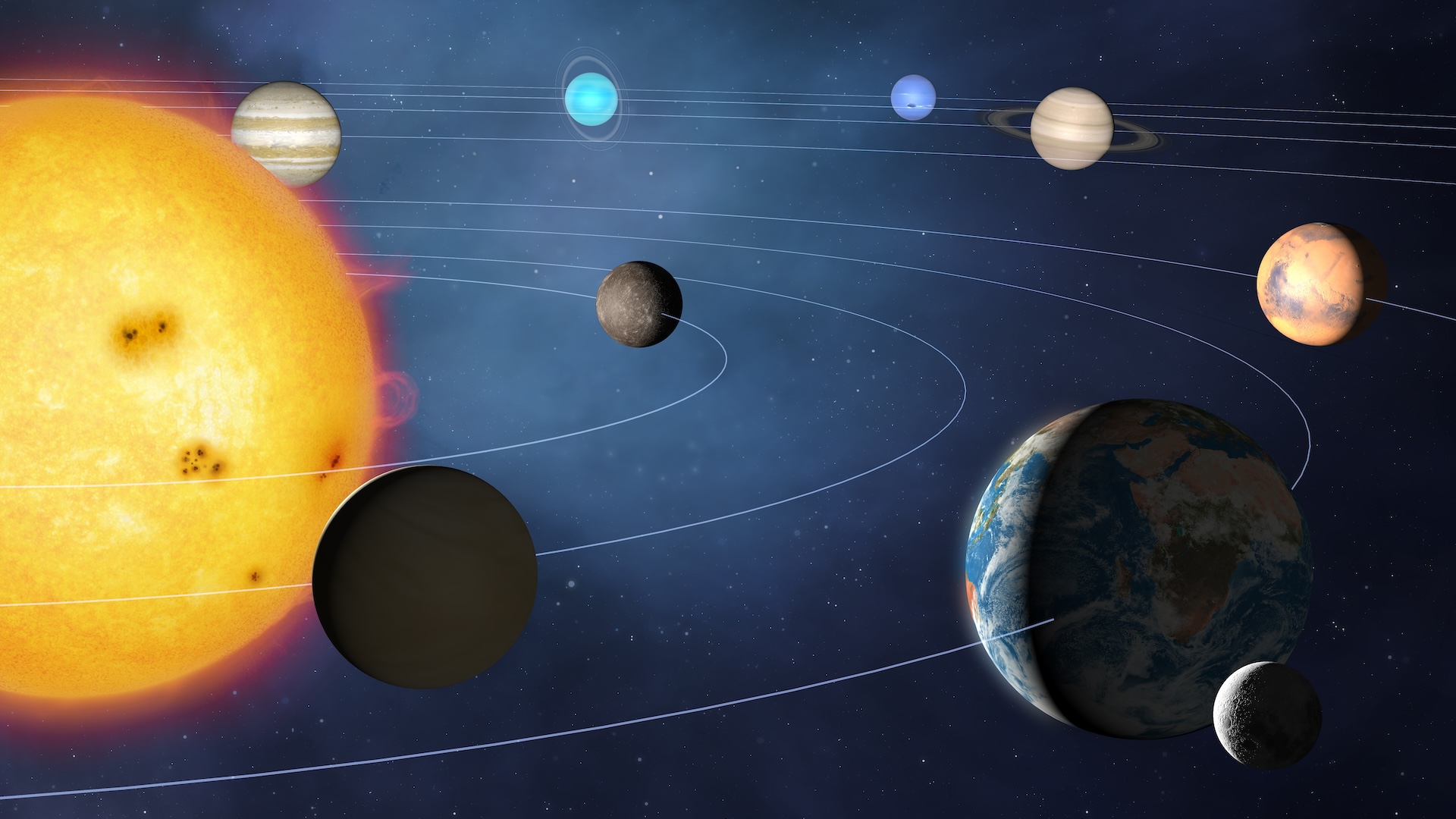
See a 'parade' of 6 planets fill the sky on Saturday night — before a bonus 7th planet joins in March
By Jamie Carter last updated
Worlds will align for a "planetary parade" in January, with four bright and easily visible to the naked eye. But an even better view arrives in February and March. Here's what you need to know.
Sign up for the Live Science daily newsletter now
Get the world’s most fascinating discoveries delivered straight to your inbox.